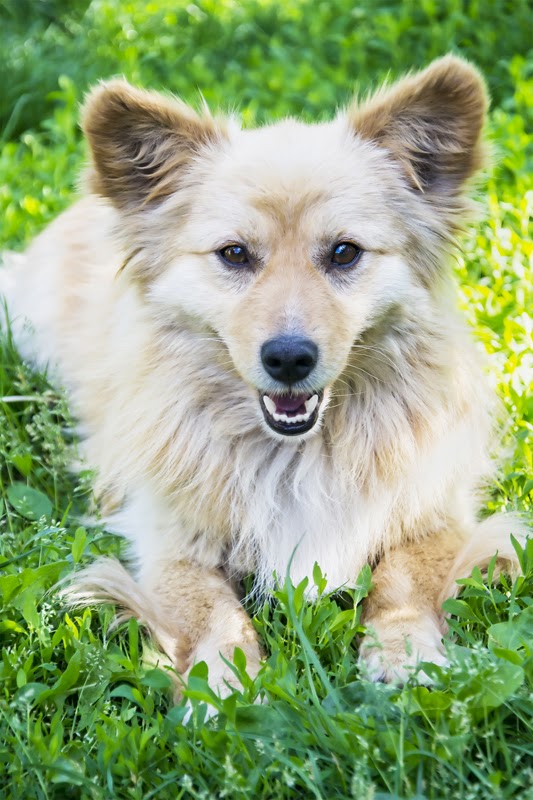What Influences Whether Owners Pick Up After Their Dog?

What’s the scoop on picking up poop? New research by Christopher Lowe et al (2014) investigates. Photo: Jakkrit Orrasri / Shutterstock By Zazie Todd, PhD The study consisted of an environmental survey of several popular dog walking locations, and an online survey that was completed by 933 participants from across the UK (83% were women). Eight footpaths in Lancashire, in the north of England, were visited in March/April 2010 to check for dog waste. This included a mix of urban and rural locations, and covered the path as well as about 3m either side. A tow path along the canal had 40 dog poos in the space of 25m; at a nature reserve, a path by a railway embankment had a wall along it with a pile of bagged dog faeces on the other side. On a footpath at a reservoir, the researchers found 269 bags of dog waste in 1000m. The presence or absence of suitable receptacles for bags is not the whole picture, as one path with no trash cans or dog waste bins had very low level...



